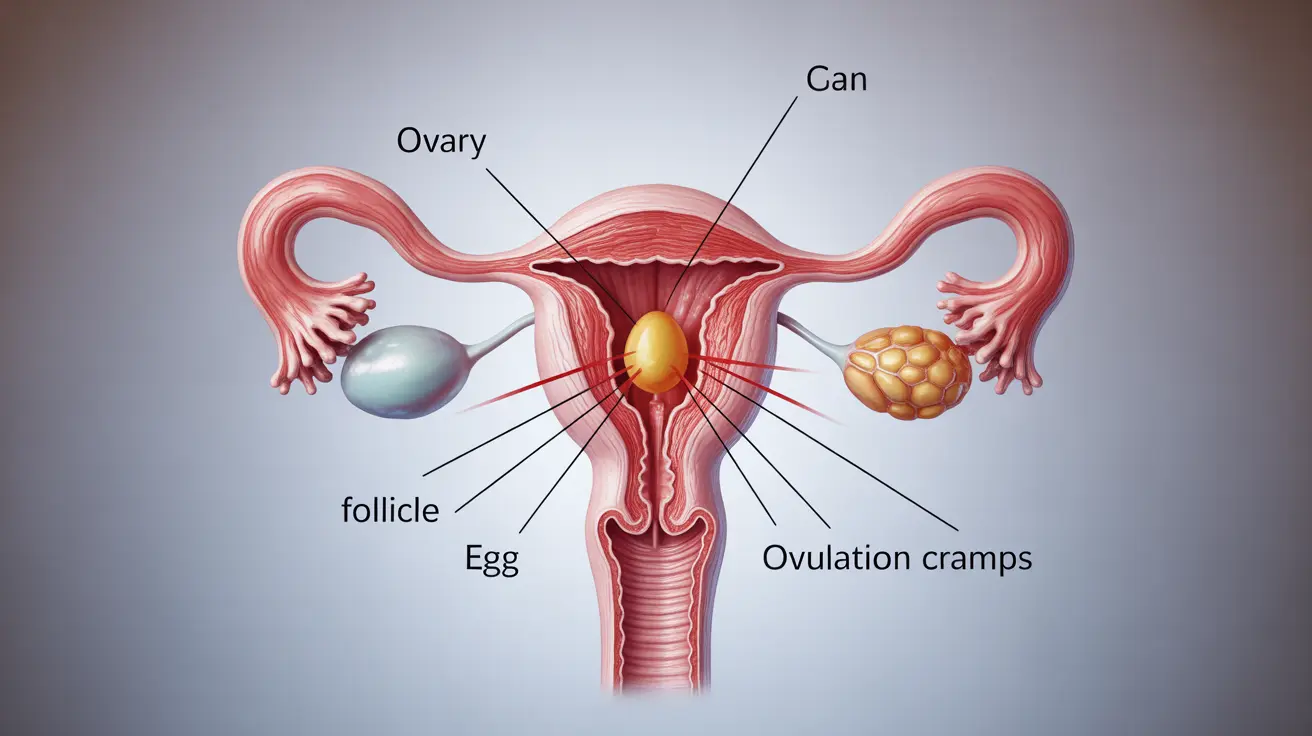The HIV replication cycle is a complex series of steps that allows the human immunodeficiency virus to multiply within the human body. Understanding this process is crucial for medical professionals, researchers, and patients alike, as it helps explain how HIV infections progress and how modern treatments work to combat the virus.
By examining each stage of the HIV replication cycle, we can better understand how the virus hijacks human immune cells to produce new viral particles and how different medications target specific steps in this process to help control HIV infection.
The Seven Stages of HIV Replication
1. Binding and Entry
The HIV replication cycle begins when the virus attaches to a CD4 cell, specifically targeting these crucial immune system components. The virus uses special proteins on its surface to bind to CD4 receptors and co-receptors, initiating a process that allows it to fuse with and enter the cell.
2. Reverse Transcription
Once inside the cell, HIV uses its enzyme reverse transcriptase to convert its RNA genetic material into DNA. This crucial step allows the virus to integrate its genetic information with the host cell's DNA, enabling viral replication.
3. Integration
During this phase, the viral DNA enters the cell's nucleus and uses another enzyme called integrase to insert itself into the host cell's DNA. This integration creates what's known as proviral DNA, establishing a permanent viral presence within the infected cell.
4. Transcription
The integrated viral DNA uses the cell's own machinery to create new viral RNA and messenger RNA. This process essentially turns the host cell into a virus-producing factory, following the virus's genetic instructions.
5. Translation
The newly created messenger RNA is used to produce long chains of viral proteins. These proteins are the building blocks needed to create new viral particles.
6. Assembly
The viral proteins and RNA gather near the cell's surface, where they begin assembling into new viral particles. This process involves multiple components coming together in a precise arrangement.
7. Budding and Maturation
The new viral particles push out through the cell membrane, taking some of the host cell's outer layer with them. The viral enzyme protease then cuts the long protein chains into smaller, functional pieces, creating mature, infectious viral particles.
The Role of Key Viral Enzymes
Three essential enzymes play crucial roles in HIV replication:
- Reverse transcriptase: Converts viral RNA to DNA
- Integrase: Inserts viral DNA into host cell DNA
- Protease: Processes viral proteins for mature virus formation
Impact on Treatment Approaches
Understanding the HIV replication cycle has led to the development of various antiretroviral medications that target specific stages of viral reproduction. These drugs work by interrupting different steps in the cycle, making them more effective when used in combination.
Frequently Asked Questions
What are the seven stages of the HIV replication cycle and how does the virus infect CD4 cells?
The seven stages are: 1) Binding and entry, 2) Reverse transcription, 3) Integration, 4) Transcription, 5) Translation, 6) Assembly, and 7) Budding and maturation. The virus infects CD4 cells by binding to specific receptors on their surface, then fusing with and entering the cell.
How do antiretroviral drugs target and interrupt specific steps in the HIV replication cycle?
Different classes of antiretroviral drugs target specific stages of the replication cycle. For example, entry inhibitors prevent viral binding, reverse transcriptase inhibitors block DNA conversion, integrase inhibitors prevent viral DNA integration, and protease inhibitors stop the maturation of new viral particles.
Why is the integration stage of HIV replication considered a latent phase and difficult to detect?
The integration stage creates proviral DNA that can remain dormant within cells for extended periods. During this latent phase, the virus isn't actively replicating, making it difficult to detect with standard tests and challenging to target with medications.
How quickly does HIV replicate inside an infected CD4 cell, and how many new viruses are produced?
HIV replication can occur within 24-48 hours of infection. A single infected CD4 cell can produce thousands of new viral particles before it dies, with estimates ranging from 10,000 to 50,000 new viruses per cell.
What roles do the enzymes reverse transcriptase, integrase, and protease play in the HIV replication process?
Reverse transcriptase converts viral RNA into DNA, integrase inserts the viral DNA into the host cell's genome, and protease processes viral proteins into their functional forms needed for creating new, mature viral particles.




